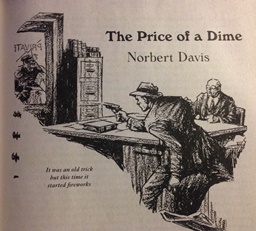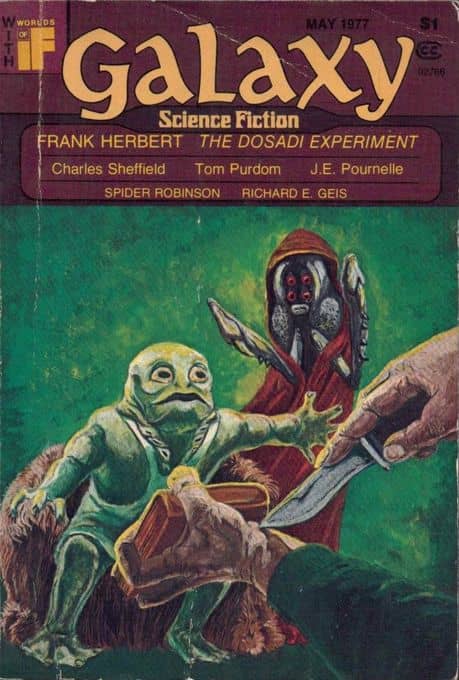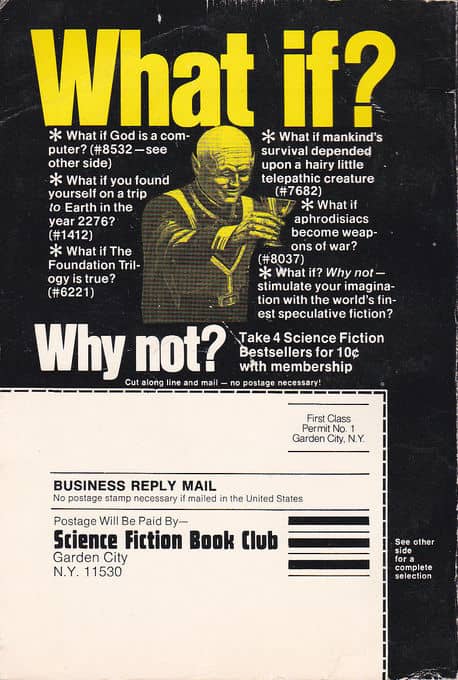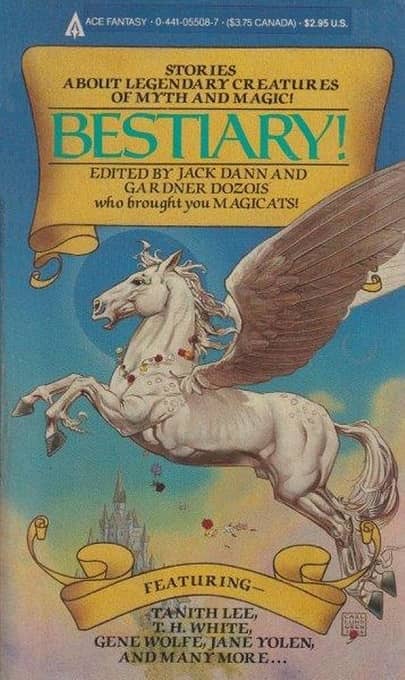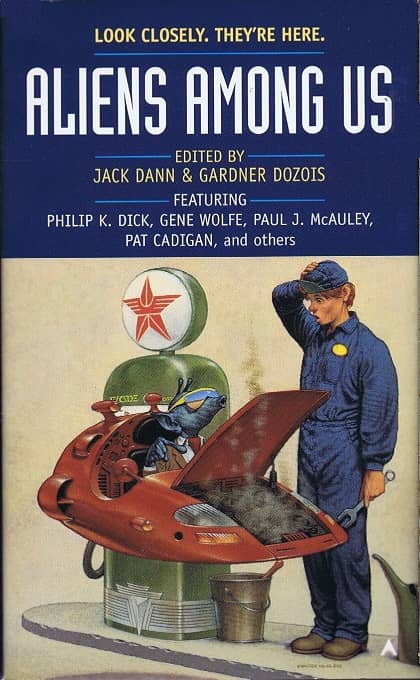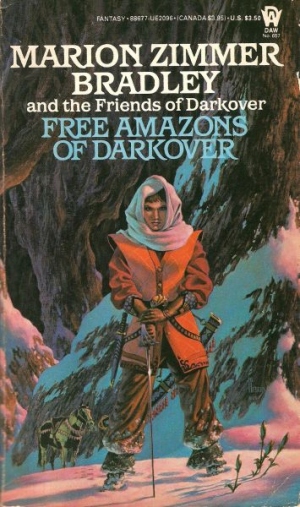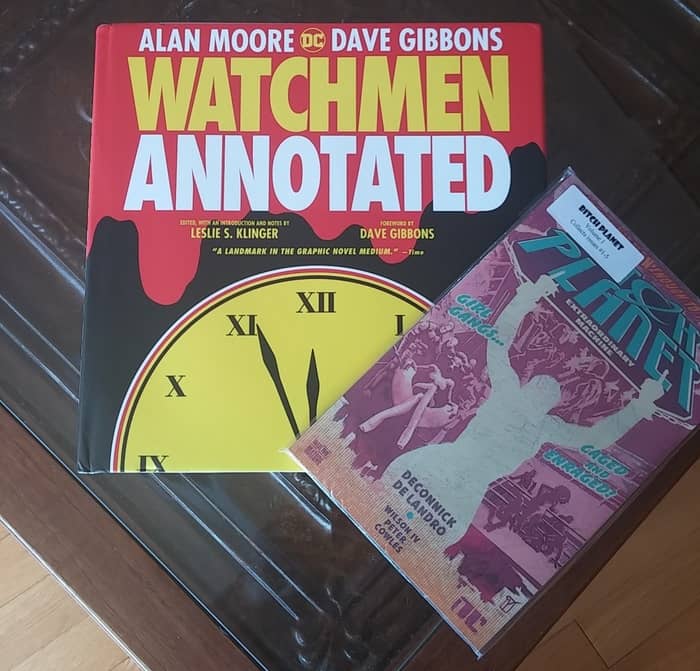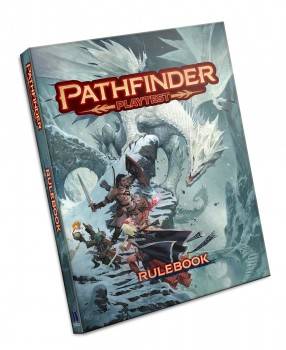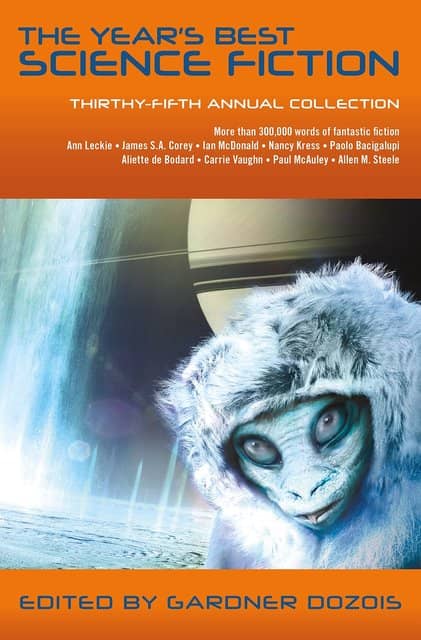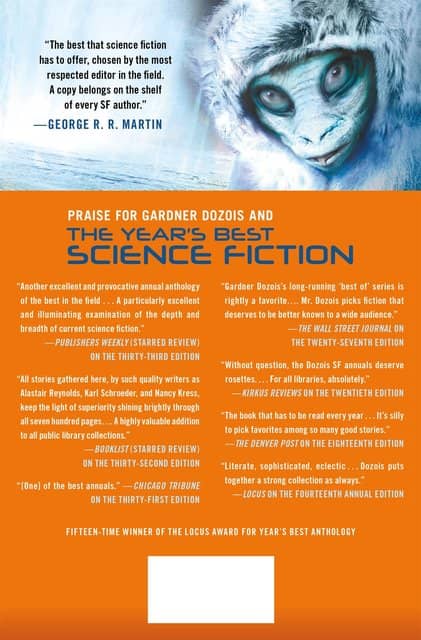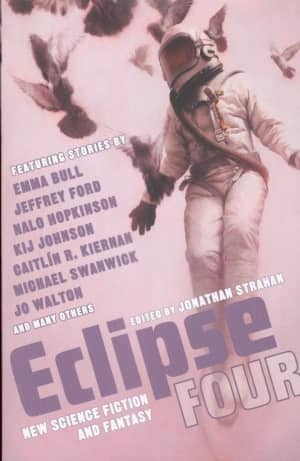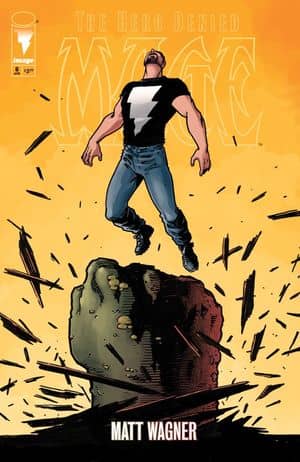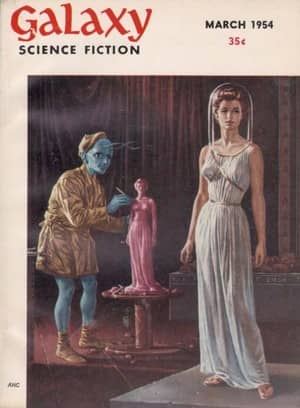A (Black) Gat in the Hand: Norbert Davis’ Ben Shaley
“You’re the second guy I’ve met within hours who seems to think a gat in the hand means a world by the tail.” – Phillip Marlowe in Raymond Chandlers’ The Big Sleep
(Gat — Prohibition Era term for a gun. Shortened version of Gatling Gun)
Like many pulpsters, Norbert Davis wrote for several different markets, such as westerns, romance and war stories. But he was at his best in the private eye and mystery field. Davis could write standard hardboiled fare, but he excelled at mixing humor into the genre, and many argue he did it better than anyone else.
Joe ‘Cap’ Shaw, legendary editor of Black Mask, didn’t feel that Davis’ hardboiled humor fit in to the magazine and the writer only managed to break into Black Mask five times between 1932 and 1937. Davis had success in other markets, however, with eighteen stories seeing print in 1936, for example. And several stories appeared in Black Mask after Shaw departed.
Ben Shaley appeared in the February and April, 1934 issues of Black Mask and represent two of the five Davis stories that Shaw chose to print.
Shaley was a Los Angeles PI introduced in “Red Goose.” I like Davis’ description: ‘Shaley was bonily tall. He had a thin, tanned face with bitterly heavy lines in it. He looked calm; but he looked like he was being calm on purpose – as though he was consciously holding himself in. He had an air of hardboiled confidence.’
The humor that Davis is best known for is pretty much absent from this story, but that proves he could hold his own writing ‘straight’ hardboiled. Though Shaley’s exasperation with the nerdy museum curator, as the detective tries to lay the groundwork for the case is amusing.
